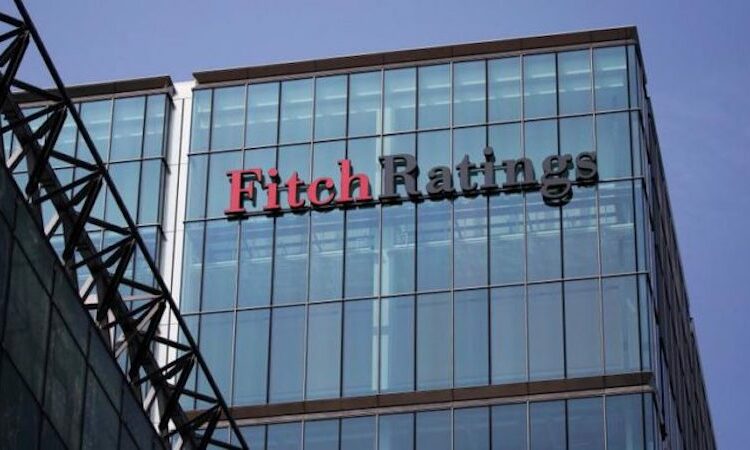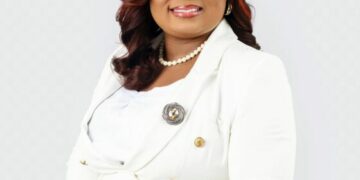International rating agency, Fitch Ratings has affirmed United Bank for Africa Plc’s (UBA) Long-Term Issuer Default Rating (IDR) at ‘B-‘ with a Positive Outlook.
Fitch has also affirmed the bank’s National Long-Term Rating at ‘A+(nga)’ with a Stable Outlook. A full list of rating actions is below.
According to the rating agency, UBA’s IDRs are driven by its standalone creditworthiness, as expressed by its VR. The VR is constrained by Nigeria’s Long-Term IDR of ‘B-‘ due to the bank’s high sovereign exposure relative to capital and the concentration of its operations in Nigeria. The ‘b-‘ VR is one notch below the ‘b’ implied VR due to the operating environment/sovereign rating constraint.
It noted that UBA’s National Long-Term Rating balances a strong franchise against leverage above that of higher-rated peers. “UBA represented 11 per cent of domestic banking sector assets at end-2023 and has a large pan-African network, with subsidiaries in 20 countries outside of Nigeria contributing 33 per cent of net income in 2023 and 47 per cent of assets at end-2023. UBA’s ability to capitalise on business and trade flows and attract deposits across the continent is a competitive advantage relative to domestic peers and leads to stronger revenue diversification.
“Single-obligor credit concentration is moderate, with the 20-largest loans representing 108 per cent of UBA’s Fitch Core Capital (FCC) at end-2023. Oil and gas exposure (end-2023: 19.5 per cent of net loans) is lower than peers. Nigerian sovereign exposure through securities and the Central Bank of Nigeria’s cash reserves is high relative to FCC (end-2023: over 250 per cent), albeit lower than that at other large banks.
“UBA’s impaired loans (Stage 3 loans under IFRS 9) ratio increased to 6.2 per cent at end-2023 (end-2022: 3.4 per cent). Specific loan loss allowance coverage of impaired loans is low (end-2023: 23 per cent) due to significant cash collateral. Stage 2 loans (end-2023: 14 per cent of gross loans; concentrated within the oil and gas and power sectors and largely US dollar-denominated) remain high and represent a risk to asset quality. Fitch forecasts the impaired loans ratio to increase moderately in the near term.
“UBA delivers sound profitability, as indicated by operating returns on average total assets averaging 2.8 per cent over the past four years. Operating profit increased to 5.1 per cent of average total assets in 2023, primarily driven by FX revaluation gains that accompanied the devaluation of the naira, and profitability will benefit from higher interest rates in 2024.
“UBA has a higher FCC ratio (end-2023: 35.9 per cent) than its peers, which is partly explained by a lower risk-weight density (end-2023: 26 per cent). UBA’s tangible leverage ratio (end-1Q24: 10.1 per cent) is high relative to most Nigerian banks. Pre-impairment operating profit is strong, providing a large buffer to absorb loan impairment charges without pressuring capital. Fitch expects capital ratios to increase moderately in the near-term as UBA raises core capital in order to comply with new paid-in capital requirements by end-1Q26.
It noted that UBA’s “funding is mainly through a stable and inexpensive customer deposit base comprising a high percentage of current and savings accounts (end-2023: 85 per cent). Single-depositor concentration is moderate, with the largest 20 deposits representing 16 per cent of customer deposits at end-2023. Liquidity coverage in local and foreign currencies (FC) is comfortable.





